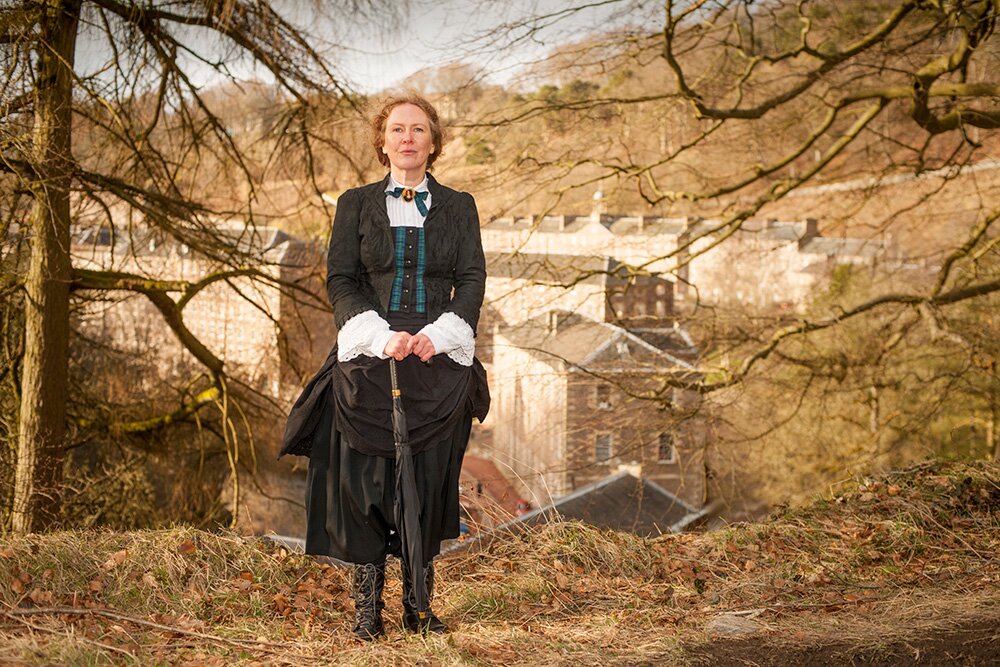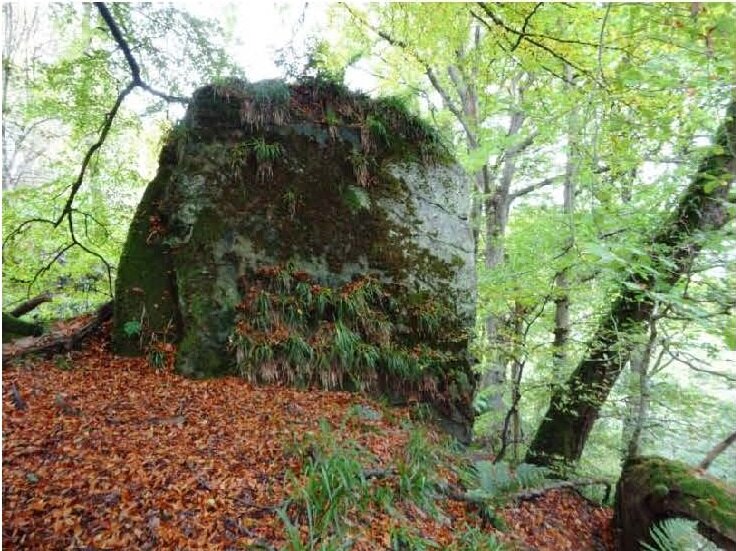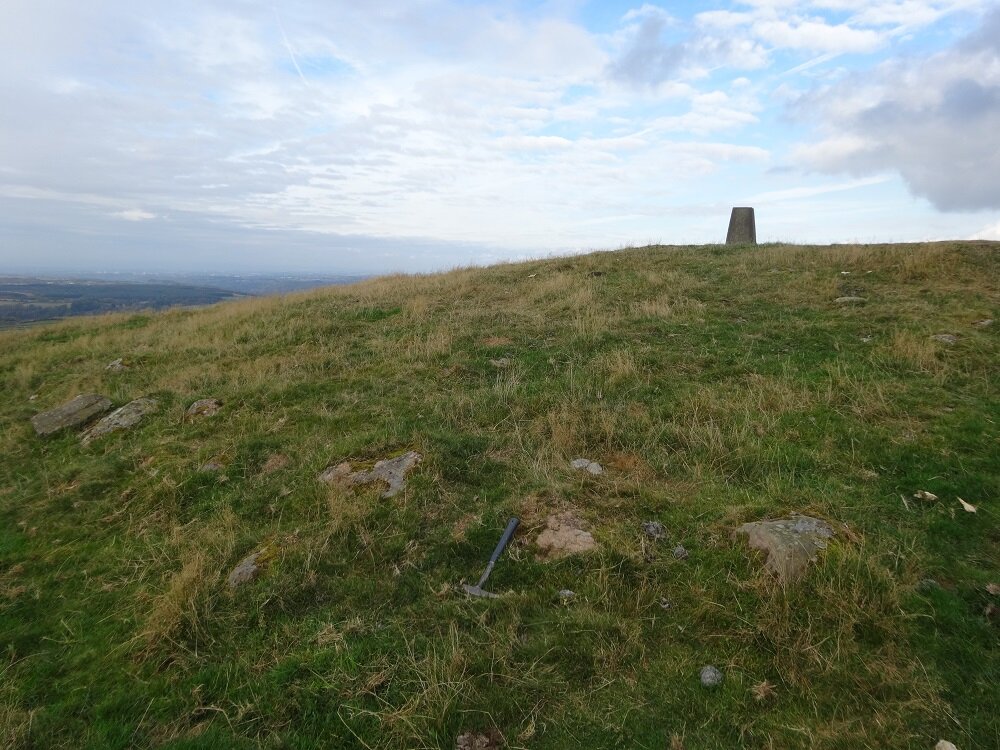Shaping the Landscape: The Falls of Clyde
Dramatic falls show the power of ancient glaciers
The geological sites and features of the Clyde and Avon Valleys tell a dramatic story of the development of the landscape over 400 million years. Ancient sandy streams, river deltas, swampy forests and glaciers, this area had it all. The rocks and rivers of this story shaped our landscape and our history, and remain a source of power, havens for woodland and wildlife, and places of recreation and creative inspiration today. Step on to the trail and travel through time to reveal the hidden history in the rocks and landforms all around us.

The three Falls of Clyde represent the most spectacular points along the river Clyde, which here flows through a sheer rock gorge 2km long, flanked by rich woodlands. Together, the Falls of Clyde and the Bonnington area to the east provide the most dramatic evidence for how the dynamic action of water at a glacier margin can shape the landscape

The Falls of Clyde provide the best exposed and most accessible examples of Devonian sandstone rocks in the area, formed around 400 million years ago. This sandstone is exposed throughout the gorge and may be best seen from Bonnington Linn. Here the sandstone is weakly cross-bedded and planar bedded (the process which forms the slightly rippled surface), indicating that it was deposited by flowing water.
Near Dundaff Linn, and above Bonnington Linn, the channel bed contains small potholes and its form suggests that 'plucking', where ice melts during the movement of a glacier causing cracks in the bedrock, has been the type of erosion which formed the gorge.

The form of the waterfalls at Bonnington Linn and Corra Linn show evidence in the form of ‘steps’ down which the water falls, with multi-step falls forming where less resistant sandstone has been eroded by the flow. It is thought that the gorge was formed by erosion caused by meltwater flowing from a glacial lake which would have once been located upstream from the Bonnington area.
The geological sites and features of the Clyde and Avon Valley tell a dramatic story of the development of the landscape over 400 million years, from ancient sandy streams, river deltas, swampy forests and glaciers. The rocks and rivers of this story shaped the heritage, and remain a source of power, havens for woodland and wildlife, and places of recreation and creative inspiration today. Travel through time to reveal the hidden history in the rocks and landforms by exploring the other ‘Shaping the Landscape’ museum items. Read the full report by clicking on the ‘Shaping the Landscape Trail Report’ link under ‘Find Out More’, to the right. Whilst many ‘Shaping the Landscape’ sites are accessible to walkers, some sites are inaccessible, but featured as museum pieces to help demonstrate the development of the Clyde and Avon Valley.










